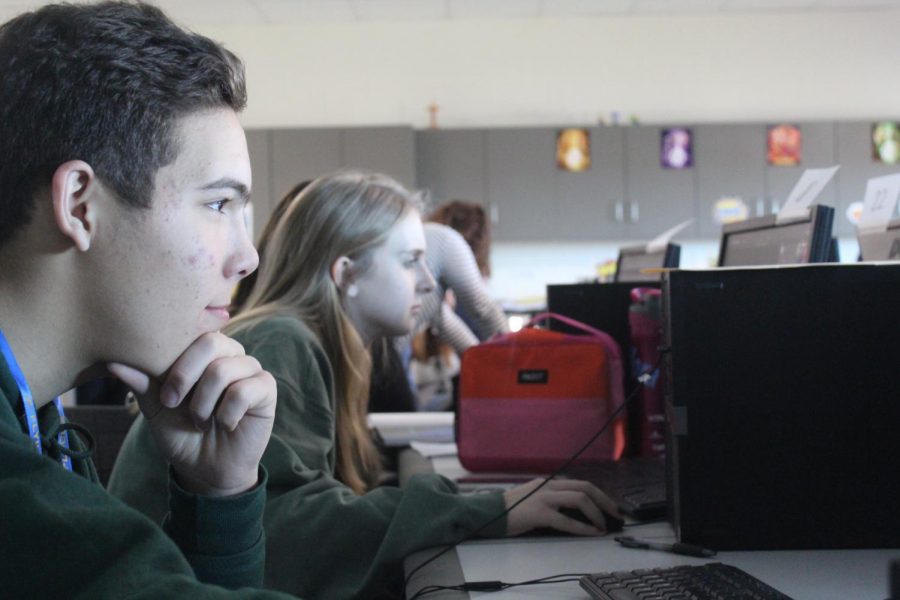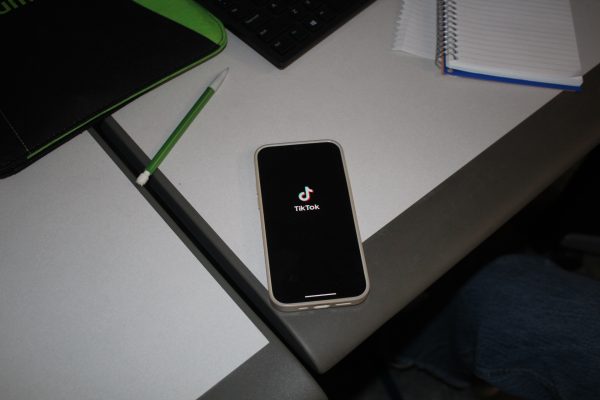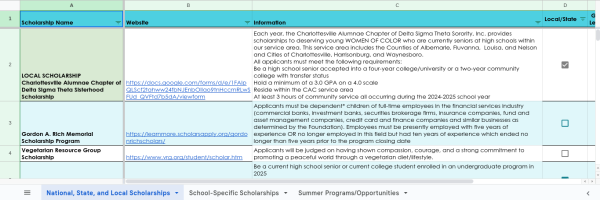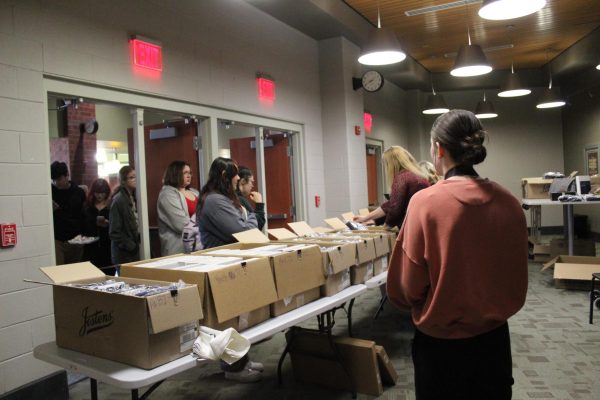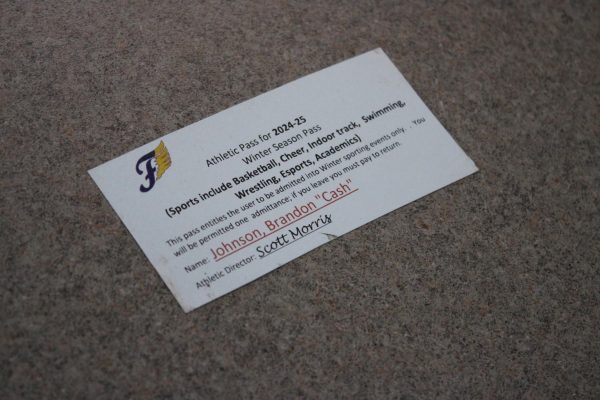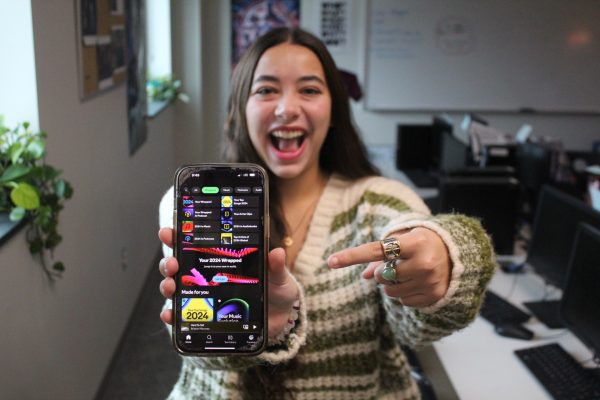The Pros and Cons of Educational Technology
At the end of the 20th century, a massive transformation of education began when the internet became a fixture in students’ households, and eventually, their pockets in the form of smart phones. Before the internet, classrooms, libraries, and field trips were some of the only places for formal education, and textbooks were the main source of information outside of the classroom.
“When I was in school, we would have to go to the library if we wanted a wider range of information outside the classroom, but now students are able to get twice the amount of information in seconds just using their phone,” said Sherry Esch, an FCHS English teacher of 14 years. Esch has been teaching since the early 2000’s and therefore has been able to witness the shift from hardback textbooks to digitized versions, as well as the reliance of teachers on online educational tools like Google Classroom and Google Drive.
“The way we use technology today has done a lot of good, but also some bad. I have students today who do not know how to spell certain words because they rely on spellcheck to underline it in red instantly, or students blatantly plagiarizing because they do not want to write an essay that would take a student from 20 years ago an hour to write,” said Esch. However, she noted that technology in the classroom does has its positives. “Today, students are always connected and can ask me questions through email if they have questions they were not able to ask me in class due to time restraints,” she said.
As a result of technolgoy, the modern student can have a more personalized style of learning from their teacher. For example, they can ask for help outside of school by emailing the teacher, and the teacher can share links where the student can go online for video tutorials and websites to get additional practice or information on a concept.
Despite some negatives of having technology at your fingertips, including all the distractions that come with having a phone competing for a student’s attention, Esch still enjoys having technology inside and outside of the classroom. “I love having students email me to ask if I can help proofread their essays, or help on homework they’re struggling with. You have a sense of accomplishment and joy from having a student thrive and succeed because they are able to contact you outside of school,” she explained.
The Adjusted Cohort Graduation Rate (ACGR) for public high school students reported that the graduation rate for the 2016-17 school year was 85%, which is the highest it has been since first measured in 2010–11. This may be due in part to the number of students who are able to take online classes, including APEX and GED classes which may make it possible for students to still graduate without actually stepping foot in a high school building.
Everyday, the landscape of education is changing and evolving and students are becoming more connected than ever. Thanks to technology, students have more resources at their fingertips than ever before. What they choose to do with that technology, however, is up to them.

